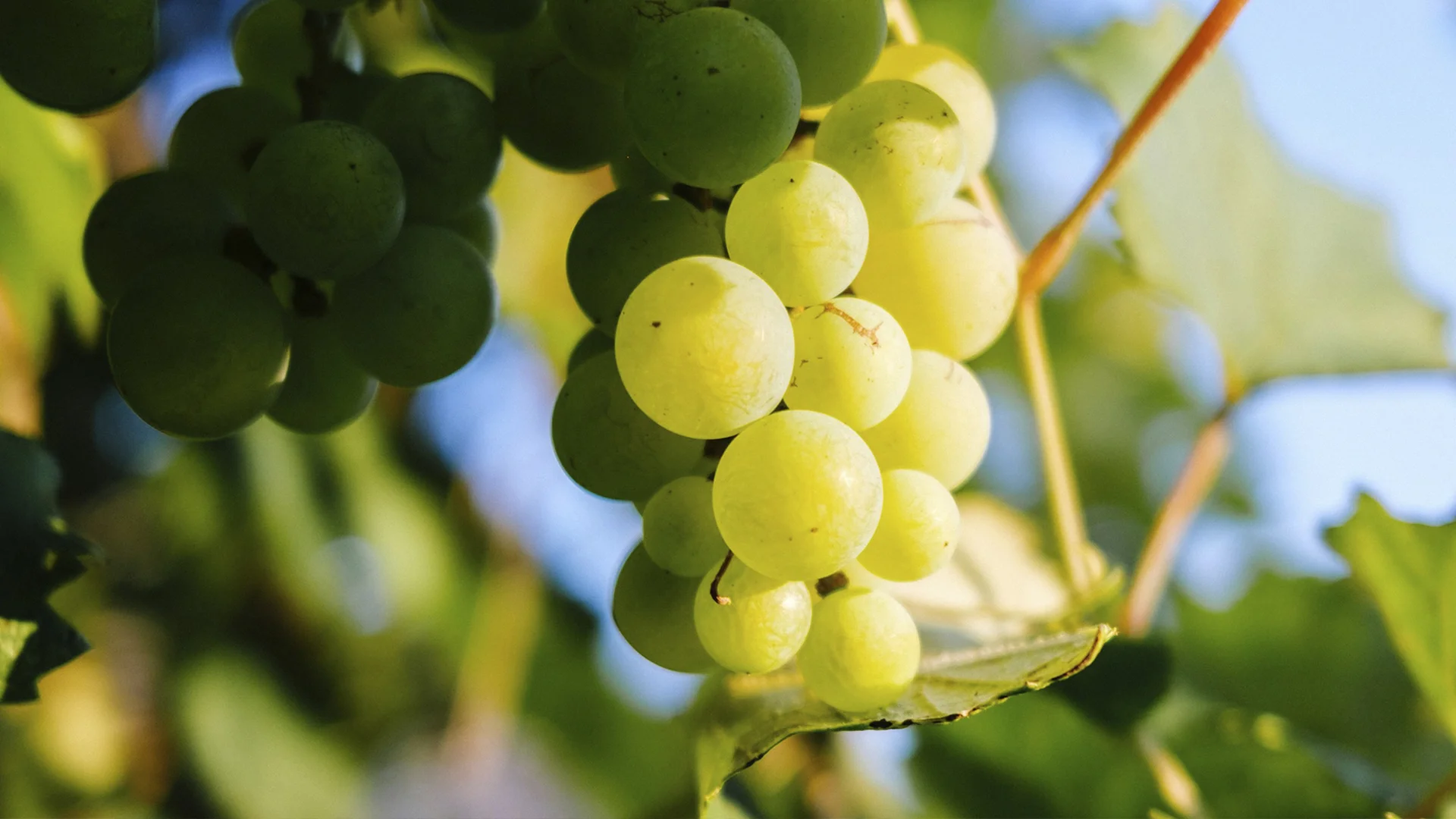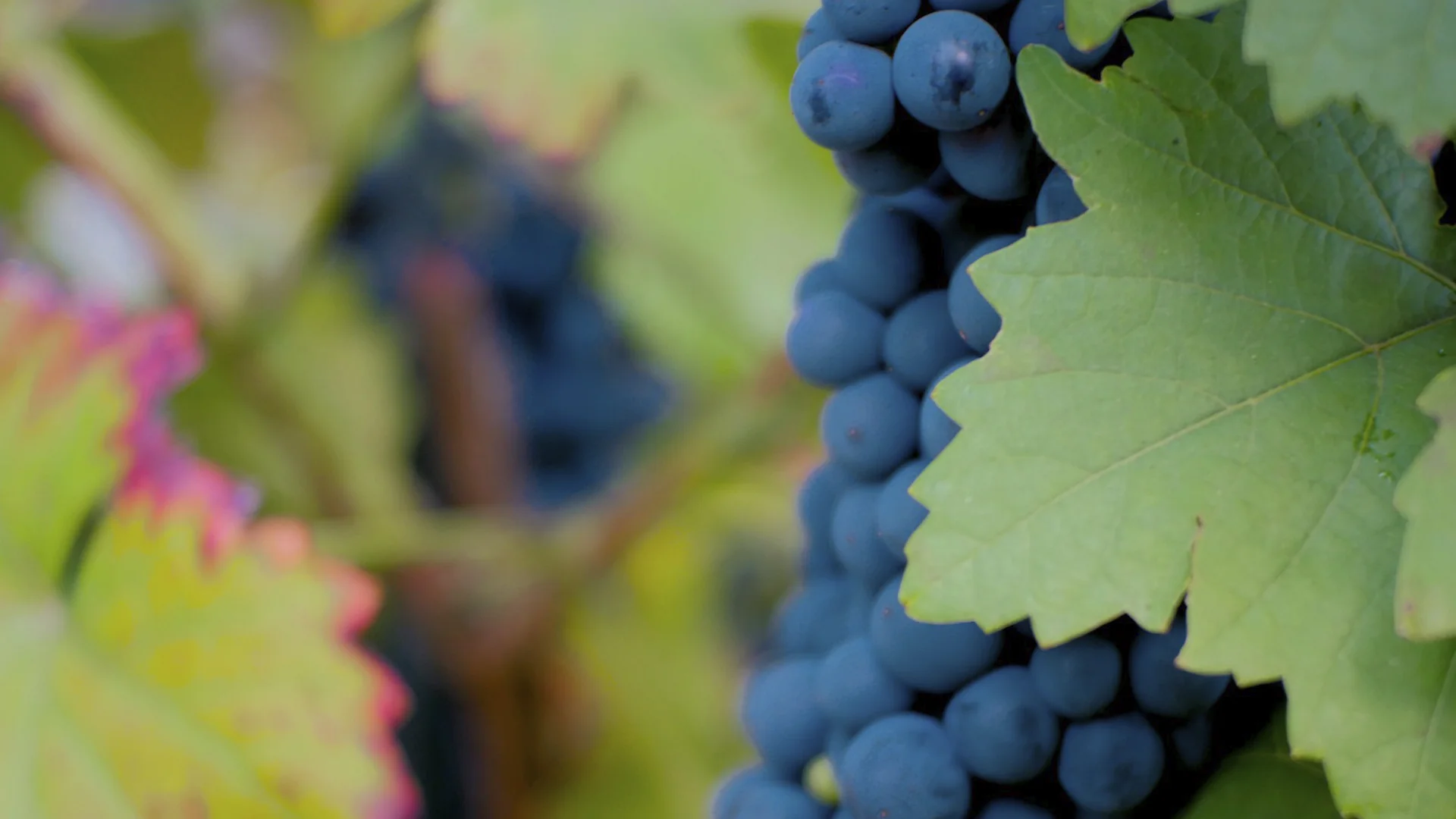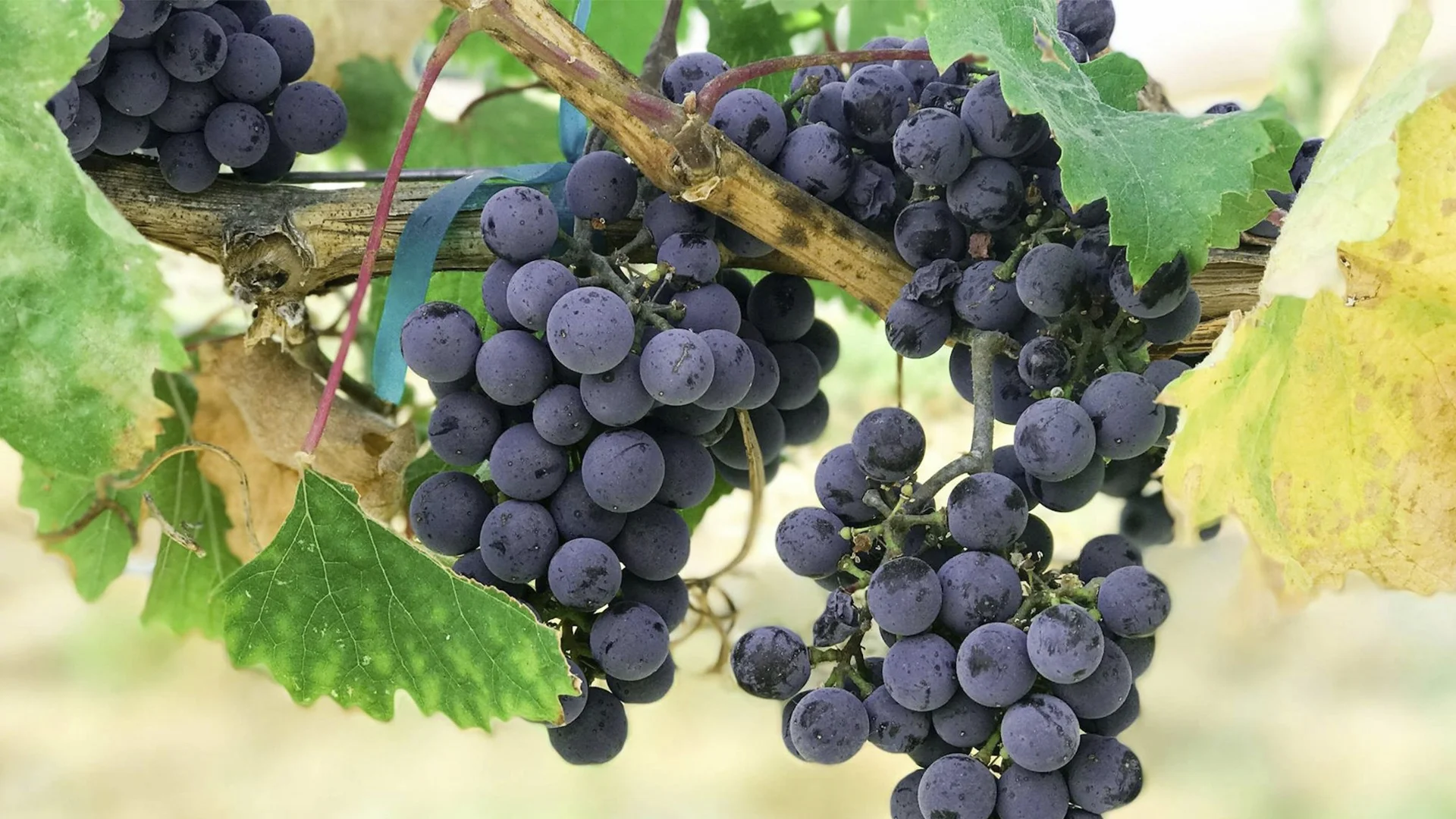
Tempranillo is the star of Spanish viticulture. Also known by other names such as Tinto del Pais. In this comprehensive Tempranillo grape profile, we will reveal the multifaceted nature of a grape variety that has become synonymous with quality and diversity in the wine world. Our journey begins with an introduction to Tempranillo grapes, uncovering their unique characteristics and the reasons behind their celebrated status.
As we venture deeper, we'll traverse through the rich history of Tempranillo grapes, unearthing their historical roots and evolution. We’ll then guide you through the main regions where Tempranillo thrives, examining how terroir - the environmental factors including soil, climate, and topography - imprint unique characteristics onto these grapes. Our exploration extends to sustainable production practices, a testament to the evolving ethos of winemaking in harmony with nature.
Finally, we'll toast to the famous wines crafted from Tempranillo grapes, showcasing their versatility and the rich tapestry of flavours they bring to the world’s wine cellars. Join us in this celebratory journey through the life and legacy of Tempranillo, where every sip tells a story.
Tempranillo grapes, that together with Garnacha is one of Spain's red wine gems, offer a rich tapestry of flavours and aromas, shaping the identity of many iconic Spanish wines. These grapes feature thin skins and large bunches, culminating in wines ranging from medium ruby to garnet in colour. Their flavour profile is complex and inviting, boasting cherry, dried fig, cedar, tobacco, and dill notes. Dry, with medium-full body, medium-high tannins and acidity, and alcohol content typically between 13.5% and 15%, Tempranillo wines are as robust as they are nuanced. Esteemed for their aging potential (Tempranillo Gran Reserva wines are aged for five years or more), a well-crafted Tempranillo can mature gracefully for over two decades, gradually revealing its depth and complexity.
The Tempranillo grape has a storied past that weaves through centuries, reflecting its resilience and adaptability.
Tempranillo, a grape celebrated for its contribution to premium wines globally, prospers in particular viticultural conditions. This segment explores the optimal environment for cultivating Tempranillo, focusing on soil composition, climate, rainfall, Growing Degree Days, and the effect of altitude.

Tempranillo favours temperate climates with sunny, warm days and cooler nights. Ideal conditions include dry, prolonged summers and mild winters, with optimal temperatures between 13-20°C (55-68°F). Regarding GDD, the Spanish regions where Tempranillo thrives have a range of between 1400 and 1700 GDD.
Different regions demonstrate Tempranillo's adaptability to varying rainfall conditions:
In Spain, altitude significantly affects Tempranillo wine profiles. Rioja vineyards, situated between 300 and 750 meters above sea level, experience quicker ripening, leading to richer, fruitier wines. Contrastingly, Ribera del Duero's higher-altitude vineyards (750 to 850 meters) result in slower ripening, producing wines with greater acidity, structured tannins, and complex aromas, showcasing the diverse expressions of Tempranillo influenced by altitude.
Tempranillo, a versatile and expressive grape variety, has found its way into the heart of wine regions around the globe. Known for its adaptability to different climates and soils, Tempranillo's character is profoundly influenced by the terroir in which it is grown. Each region imparts unique qualities to the grape, leading to a diverse spectrum of wine styles. Here, we explore the main regions where Tempranillo thrives, highlighting how the distinct terroirs shape the grape's profile.

Sustainable production practices for Tempranillo grapes in Spain are gaining interest due to their potential impact on the quality of the grapes and the wine produced.
One notable approach involves regulated deficit irrigation treatments (RDI) and crop load level (CLL) adjustments. These practices have been studied for their effects on the phenolic content of Tempranillo grapes. Different irrigation regimes, including rain-fed, early, and late regulated deficit irrigation, combined with cluster thinning, have shown varying impacts on the grape's phenolic profile. The influence of these practices depends on the specific compounds considered and the prevailing meteorological conditions of the year. For example, in a dry season, early deficit irrigation tended to increase anthocyanin and hydroxycinnamic acid content in grape skins, while significant decreases in these compounds were observed with late deficit irrigation.
Sustainable viticulture practices are also actively employed in regions such as the Viña Lanciano of Bodegas LAN in Rioja. Here, Tempranillo, among other grape varieties, is cultivated with a strong emphasis on sustainability, reflecting a deep respect for the raw materials and the land.
Furthermore, at Punctum in central Spain, the estate-grown grapes, including Tempranillo, are converted into world-class organic and biodynamic wines. This approach incorporates traditional Spanish viticulture methods with modern sustainable agriculture and winemaking techniques. The vineyards are situated in an area with a favourable continental Mediterranean climate and clay soil, which is beneficial for the health of the vines.
These examples illustrate a growing trend in the Spanish wine industry towards adopting sustainable practices, particularly in the cultivation of Tempranillo grapes, to enhance both the quality of the grapes and the sustainability of the production process.
Tempranillo, a grape known for its versatility and depth, has given rise to a myriad of esteemed wines across the globe. Each brand that embraces this varietal brings a distinct interpretation influenced by regional terroir, winemaking practices, and historical context. Here, we present a curated list of some of the most celebrated Tempranillo brands. Their aroma and flavour profiles not only delight the palate but also offer a glimpse into the diversity and significance of this grape in the wine world.
These brands, each with their unique approach to Tempranillo, have significantly contributed to the varietal’s global recognition. From the traditional bastions of Rioja and Ribera del Duero to the pioneering efforts in California and Australia, they collectively narrate the story of Tempranillo's journey from a regional specialty to a world-renowned grape.
In conclusion, the Tempranillo grape, with its deep roots in history and remarkable adaptability, stands as a testament to the diversity and richness of the wine world. Originating from Spain, this versatile grape has woven a fascinating narrative from its ancient beginnings to its current status as a cornerstone of world-class winemaking. The ideal viticultural conditions for Tempranillo, spanning specific soil types, climate requirements, and the pivotal role of altitude, highlight its unique relationship with the environment.
As we've explored, Tempranillo thrives in various regions, each imparting its distinct signature on the grape. From the storied vineyards of Rioja and Ribera del Duero to the innovative grounds of California and Australia, Tempranillo adapts, reflects, and expresses the intricacies of its terroir. This adaptability also plays a crucial role in sustainability efforts within Tempranillo production, as growers and winemakers continuously seek methods to harmonize their practices with the environment, ensuring the legacy of this esteemed varietal.
Moreover, the famous wines produced from Tempranillo, each with its unique aroma and flavour profiles, underscore the grape's ability to capture and convey the essence of its terroir while also adapting to the evolving tastes and techniques of the wine industry. This adaptability is not just a characteristic of Tempranillo; it reflects the wine world's ongoing evolution - a blend of tradition and innovation.





























































































.webp)

.webp)





Are you interested in
collaborating with us?